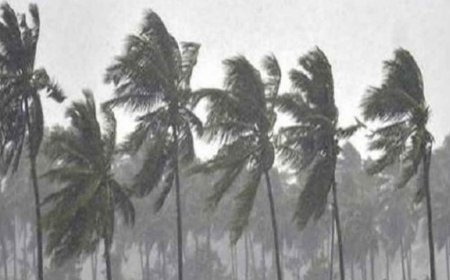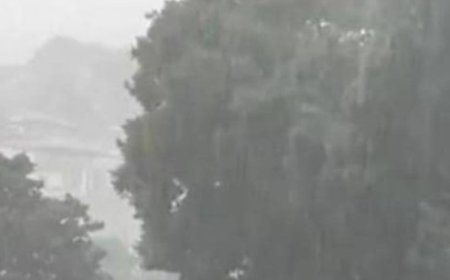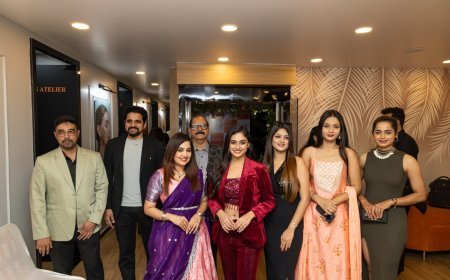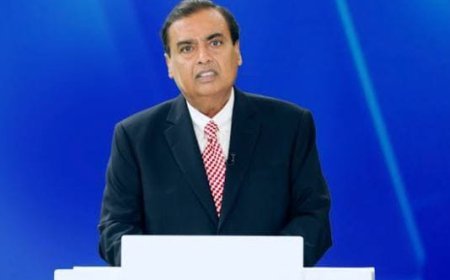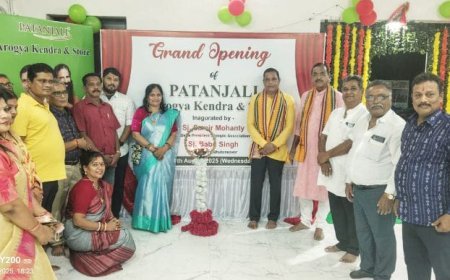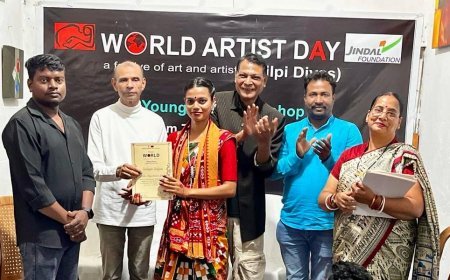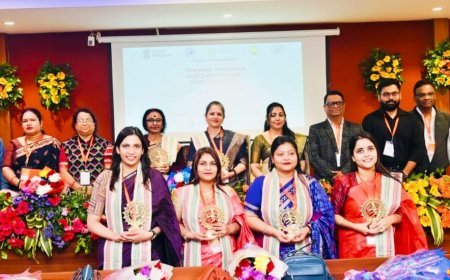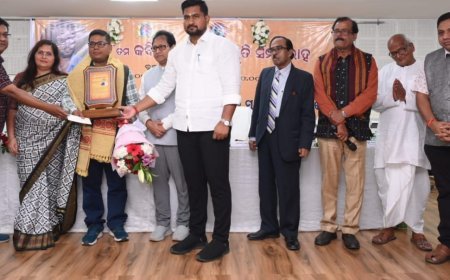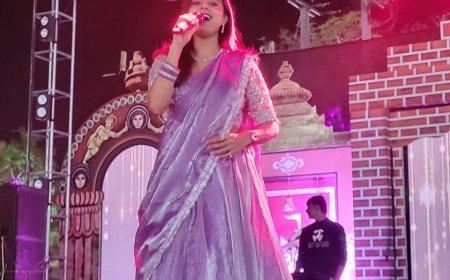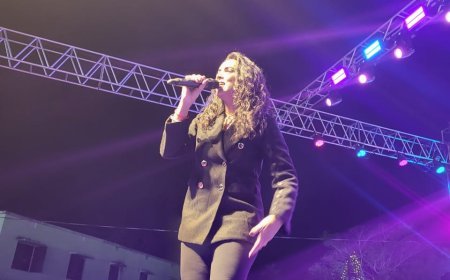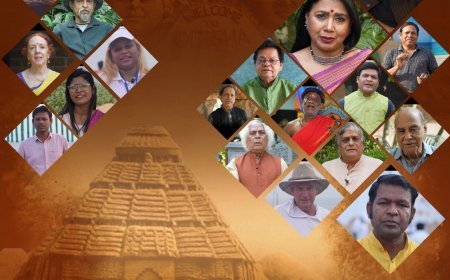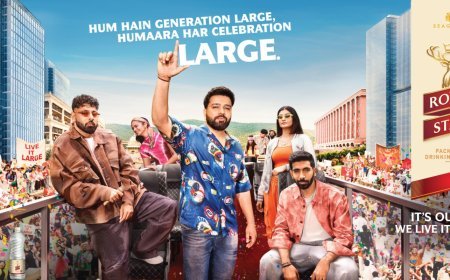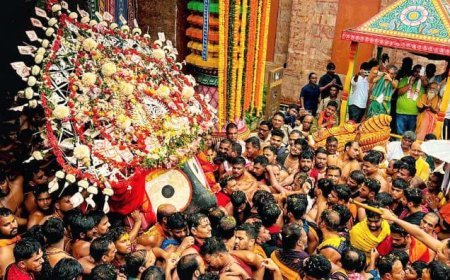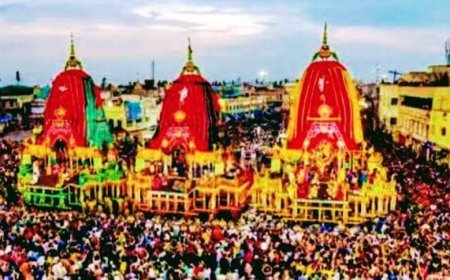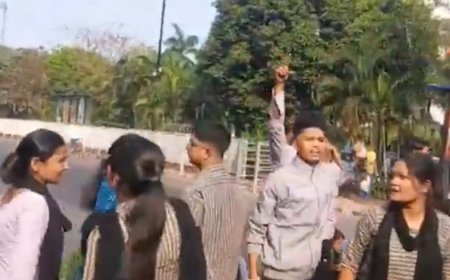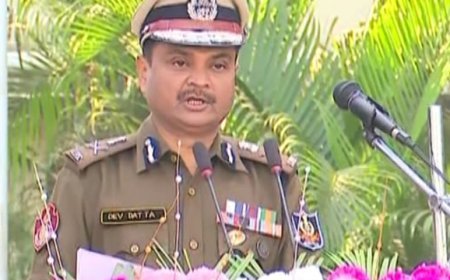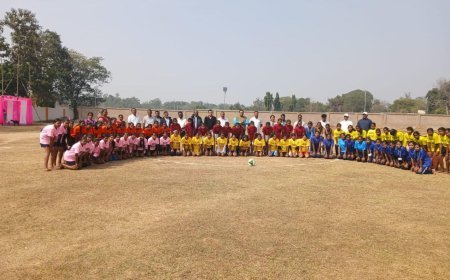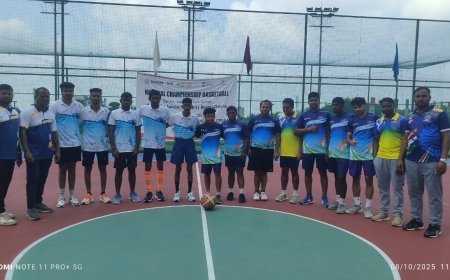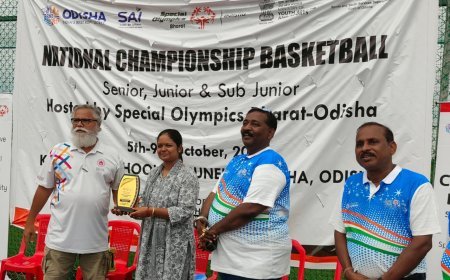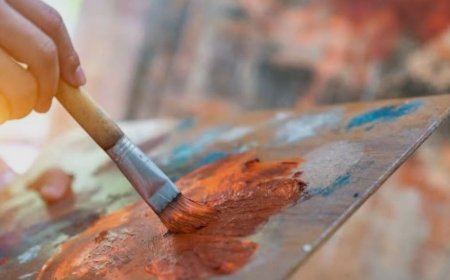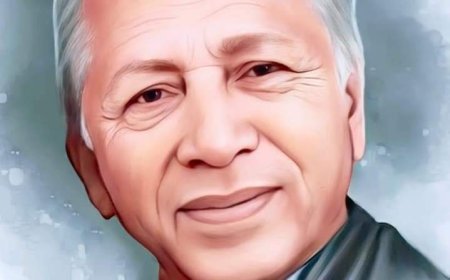Traditional ‘Jau Kandhei’ Wedding Ritual Celebrated with Grandeur in Balasore
•The symbolic marriage of bride ‘Apartti’ and groom ‘Gurei’ concluded with sacred rituals; •wedding ceremony to follow on May 23 after the ‘Mangalan’ on May 22

Balasore | 12 May: (By Krushna Kumar Mohanty) On the auspicious occasion of Chandan Purnima, the culturally iconic ‘Jau Kandhei Bahaghara’—a ritualistic folk wedding festival celebrated with devotional fervor and traditional charm—was held with splendour at the sacred Lokanath Temple in Anandabazar, Balasore.
The marriage committee, along with devotees, gathered at the Siddhi Binayak Temple near Fakir Mohan College, where the groom’s parents, Pitambar Das and Sukantilata Das, offered prayers for divine blessings. This ceremonial journey of ‘Gurei’ to the bride’s abode echoed with sacred chants, folk tunes, and the beating of drums, invoking the living essence of tradition.

The temple courtyard bloomed with festivity as executive chairperson Upendra Nath Patra, Secretary Dr. Kumar Gopal, Chief Advisor and artist Kesu Das, Engineer Hrusikesha Sahu, Kalikinkar Das, Brahmanath Rath, journalist Biplab Mohanty, Gopal Jena, Chandra Sekhar Mahapatra, Rajesh Giri, Jayashree Sahoo, Anjali Panda, Dharitri Mishra, Rachana Sen, Kanakalata Das and many others from the ‘Has’ family and public congregated in joyful camaraderie.
The bride’s family, represented by Neelamani Mandal and Umamani Maharana, welcomed the groom’s side in full traditional gesture with flowers, sandal paste, conch shells and ritual ululations, joined by local ward councillors Shambhu Singh, Bhagaban Mohini, Sarat Dalai, Aniruddha Parida, Namita Parida, and others.
This year too, the fictional characters from legendary Odia writer Pranabandhu Kar’s celebrated story “Sua Muhara Patara” were chosen to symbolically enact the bride ‘Apartti’ and groom ‘Gurei’. Through this literary embodiment, the festival celebrates not just rural rites but the eternal emotional and social commentary embedded in Odia storytelling.
